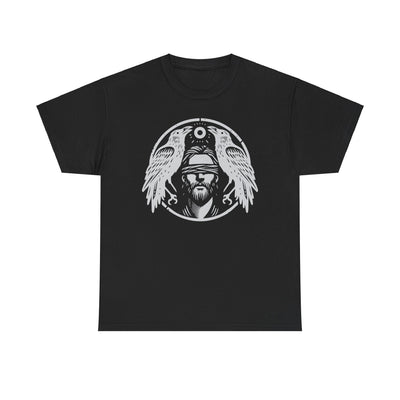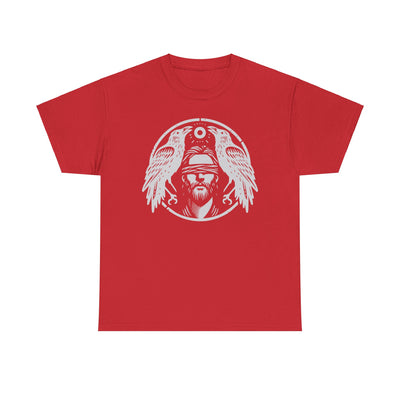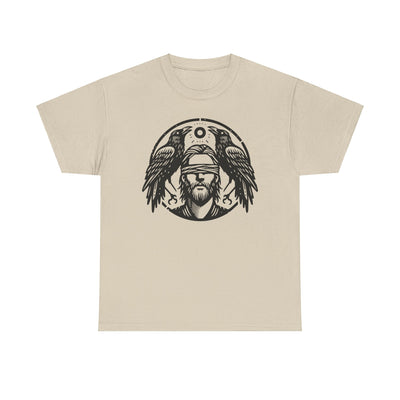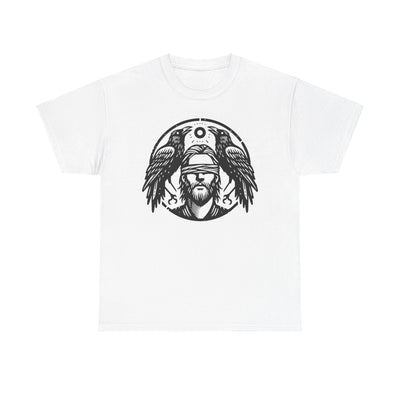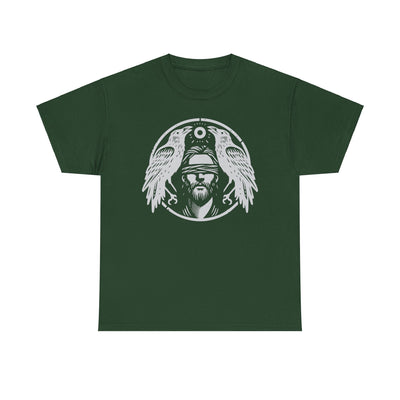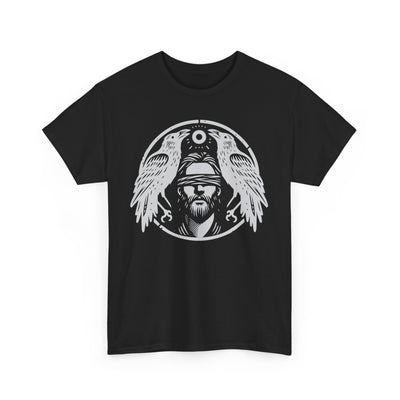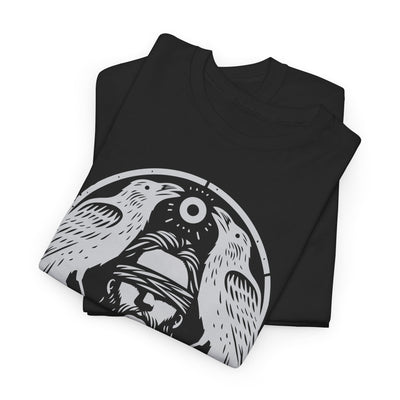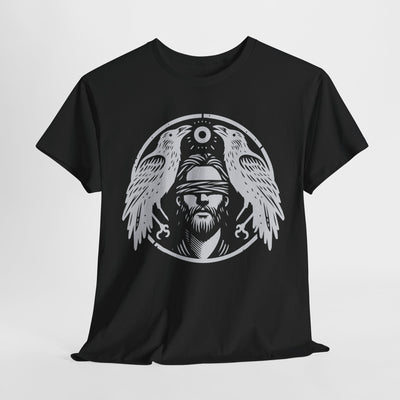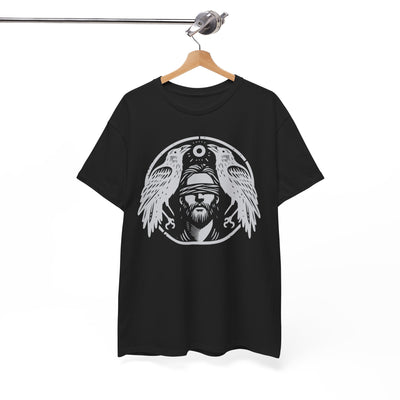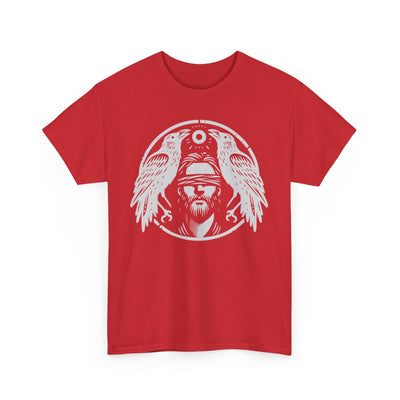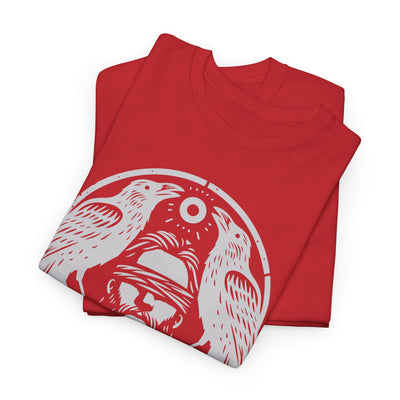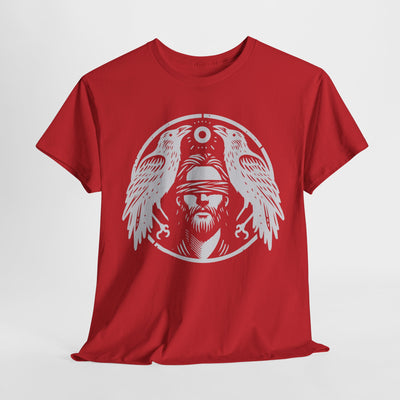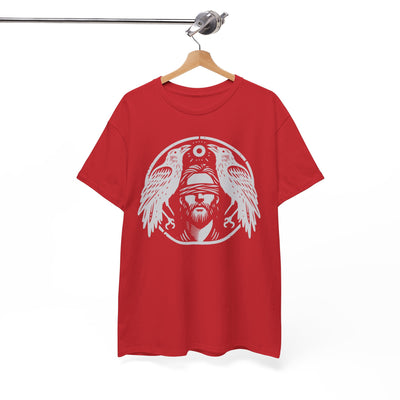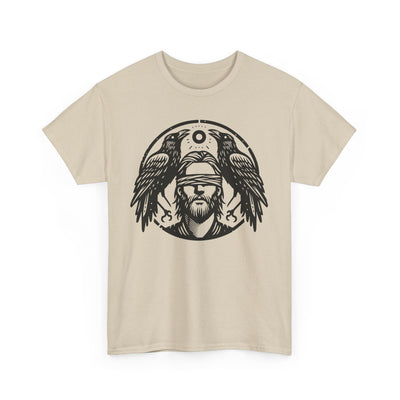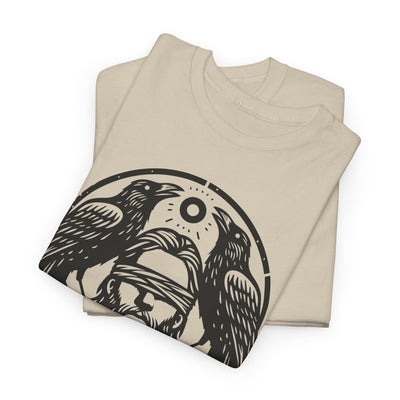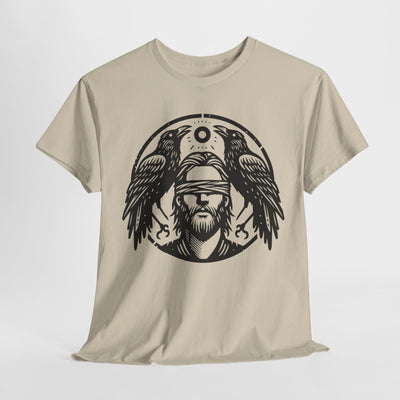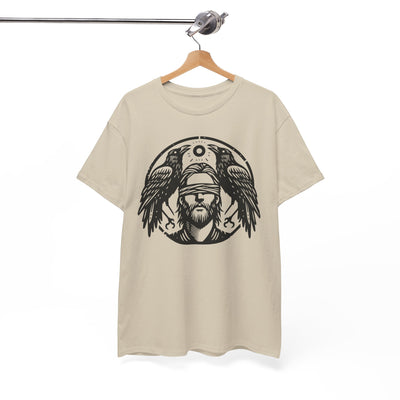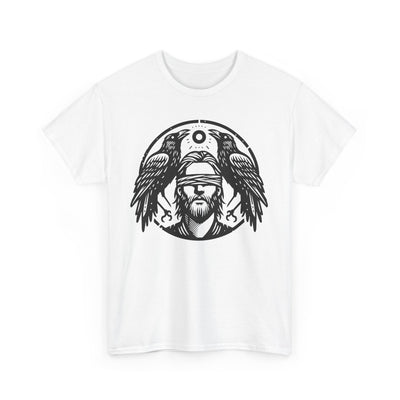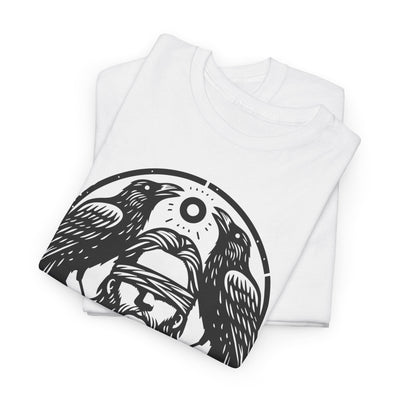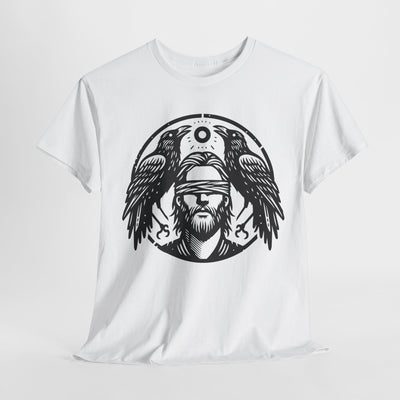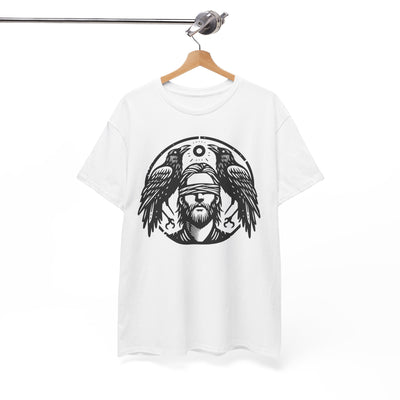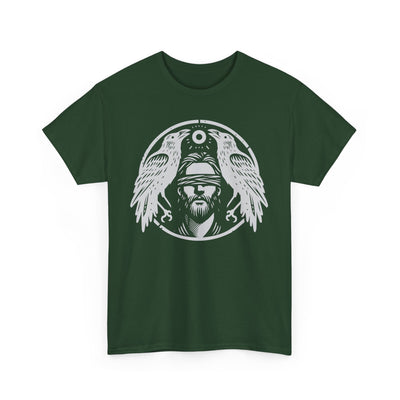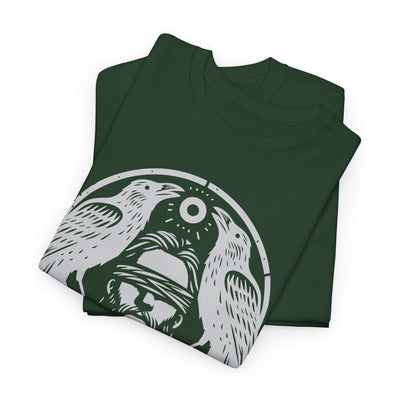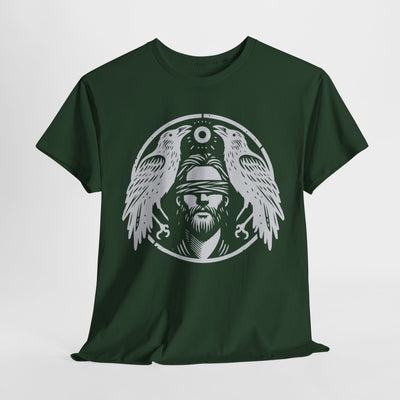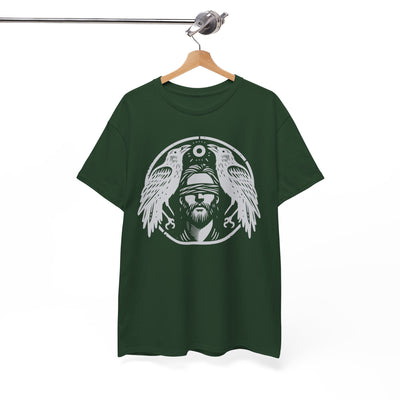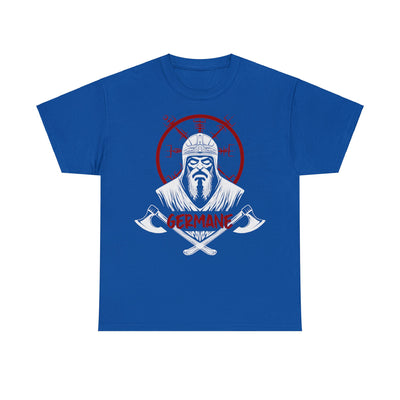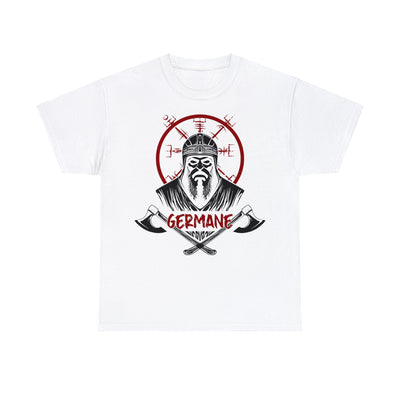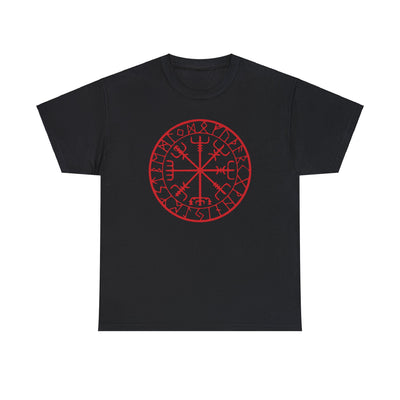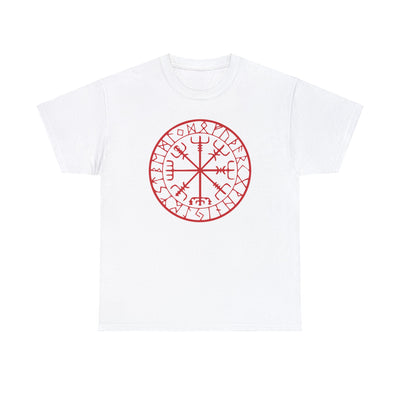Welcome to our blog post about Sleipnir, the eight-legged steed of Odin and child of Loki. Sleipnir is one of the most fascinating creatures in Norse mythology, known for his incredible speed and loyal service to the father of the gods, Odin . In this article, we'll dive deep into the myths and legends surrounding Sleipnir and discover the amazing stories and meanings associated with this unique horse.
Nordic Mythology
origin and meaning
Norse mythology is rich in fascinating stories and characters. It originates from the ancient cultures of Scandinavia and includes a variety of gods, giants and other mystical beings. These stories were passed down orally before being recorded in written texts such as the Edda.
main characters of Norse mythology
The most famous characters include Odin, the wise Allfather, Thor, the mighty god of thunder, and Loki, the cunning god of deception. Each of these characters plays a crucial role in the Norse sagas and influences events in the world of gods and humans.
Loki – The Tricky God
Who is Loki?
Loki is one of the most complex characters in Norse mythology. He is known for his cunning and his ability to shapeshift. Loki is both a helper of the gods and their enemy, and his actions often bring disaster, but also unexpected solutions.
Loki's role in mythology
Loki is not only a trickster, but also a father. One of his most famous children is Sleipnir, the eight-legged horse. Loki's ability to transform into different forms plays a crucial role in the birth of Sleipnir.
The Birth of Sleipnir
The Story Behind Sleipnir's Birth
The story of Sleipnir's birth is one of the most unusual in Norse mythology. It begins with a giant offering to repair the walls of Asgard, the city of the gods. In return, the giant demands the hand of the goddess Freyja, as well as the sun and the moon.
Loki's transformation
To outwit the giant, Loki transforms himself into a mare and distracts the giant's magical horse, Svaðilfari. From this union is born Sleipnir, a horse with eight legs that is faster than any other creature.
Sleipnir – The Extraordinary Horse
Appearance and Features
Sleipnir is an impressive creature. With his eight legs he can run incredibly fast and even fly through the air. His grey colour and majestic appearance make him one of the most striking beings in Norse mythology.
abilities and powers
Sleipnir has the ability to travel between worlds. He can gallop with ease on the earth as well as in the heavens and underworlds. These abilities make him an indispensable companion for Odin.
Odin's faithful companion
Sleipnir's relationship with Odin
Sleipnir is more than just a horse to Odin; he is a loyal friend and companion. Odin trusts Sleipnir and rides him into many battles and adventures. Their close bond is evident in the numerous myths in which they appear together.
Traveling with Sleipnir
Odin uses Sleipnir's speed to quickly travel from Asgard to other worlds. Sleipnir can travel not only over land and water, but also through the air, making him an incomparable mount.
Sleipnir in the Myths
Famous Stories and Adventures
Sleipnir appears in many myths. One of the most famous stories is his role in Baldur's Death, where he helps Odin travel to the underworld to negotiate with the goddess Hel. Sleipnir's skills and loyalty make him an irreplaceable part of these tales.
Sleipnir's role in Ragnarök
In the prophecy of Ragnarök, the end of the world, Sleipnir will play an important role. He will carry Odin into the final battle, a symbol of the inevitable connection between the gods and their fates.
Symbolism and Meaning of Sleipnir
What does Sleipnir represent?
Sleipnir symbolizes speed, strength and loyalty. His eight legs represent the ability to cross boundaries and travel between worlds. These qualities make him a powerful symbol in Norse mythology.
influence on culture and art
Sleipnir has influenced not only mythology but also art and culture. His depictions can be found in ancient stone carvings and modern artwork, demonstrating his enduring significance and fascination.
Sleipnir in modern pop culture
depictions in films and books
Sleipnir has also found his place in modern pop culture, appearing in books, films, and even television series based on Norse mythology. These depictions help keep the stories and legends surrounding Sleipnir alive.
Sleipnir in video games
In video games, Sleipnir is often found as a powerful mount or as an enemy. His unique abilities make him a fascinating character in the digital world that never fails to captivate players.
Conclusion
Sleipnir, the eight-legged steed of Odin and child of Loki, is one of the most fascinating figures in Norse mythology. His stories are full of adventure and magic, and his symbolism extends far beyond the ancient myths. Sleipnir represents the connection between the worlds and the power of loyalty and speed. He remains a formidable figure that enriches both ancient stories and modern culture.
FAQs
What does the name Sleipnir mean?
The name Sleipnir comes from the Old Norse word “sleipnr,” meaning “the gliding one.” This fits with its ability to travel quickly and effortlessly across different terrains.
How many legs does Sleipnir really have?
Sleipnir has eight legs, which distinguishes him from ordinary horses and gives him his incredible speed.
Who are Sleipnir's parents?
Sleipnir's parents are Loki , who had been transformed into a mare, and the giant 's magical horse, Svaðilfari.
What special abilities does Sleipnir have?
Sleipnir can travel between worlds, fly through the air, and is exceptionally fast and strong. These abilities make him a unique being in Norse mythology.
Are there similar creatures in other mythologies?
Other mythologies also have special mounts, such as Pegasus in Greek mythology, a winged horse. Such creatures often symbolize power, speed, and the ability to travel between worlds.

